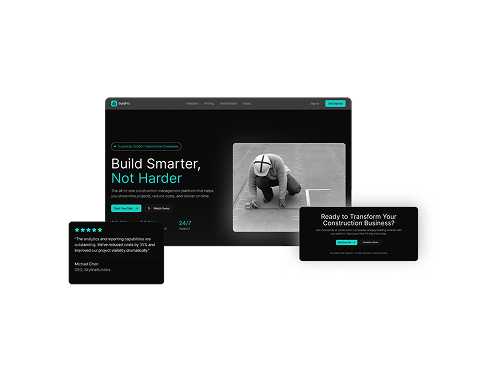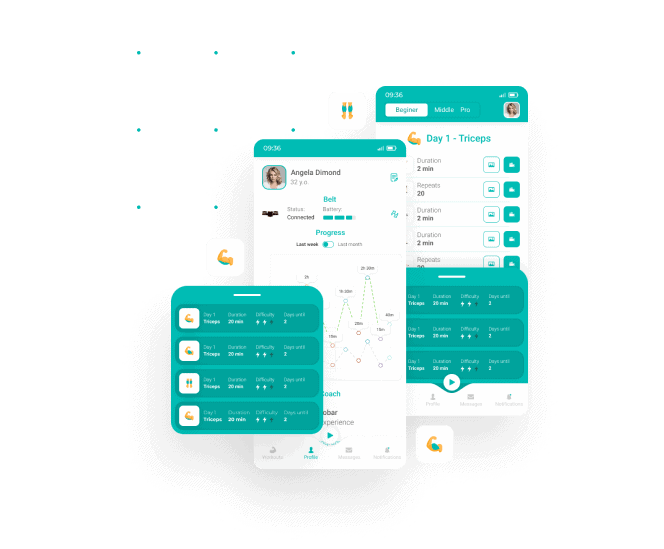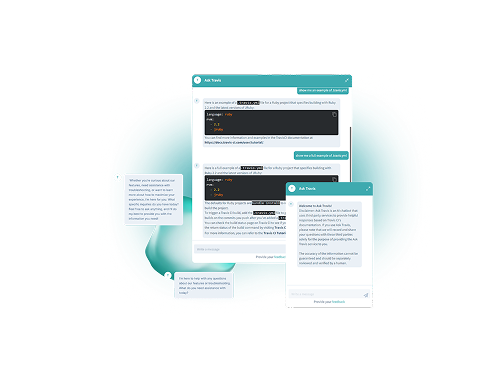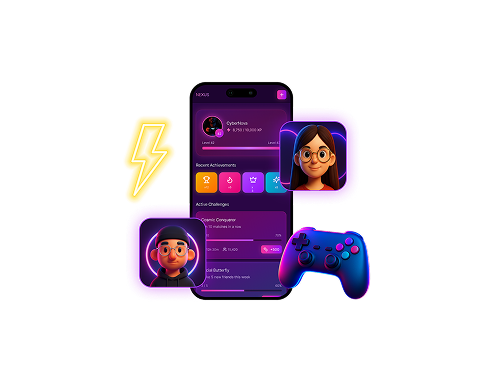
Testing and QA for a Construction Technology Company
Ensuring seamless functionality, user-friendly experience, and high product reliability for a US-based technology company offering digital tools for the architecture and construction industry.

Testing services for MyFitnessPal
Ensured smooth functionality and excellent performance for a leading calorie counter app with 5+ million food items in its database.

AI Assistant Quality Audit for a CI/CD Platform
Helping a leading CI/CD platform identify 25 critical defects, reduce hallucination frequency by 60%, and establish a continuous testing framework that improved reply accuracy from 65% to 82%.

Ensuring Quality for a Social Gaming App with 900K+ User Interactions
Extensive functional, UI, and performance testing helped deliver a user-friendly iOS experience, earning “Top Startup” recognition and high engagement rates.
Fill in the form describing your project needs and preferred collaboration model.
Your personal manager will answer your request within one business day and outline the next steps to be taken.
QA experts with relevant experience and skills will prepare a plan and cost estimate for your project.